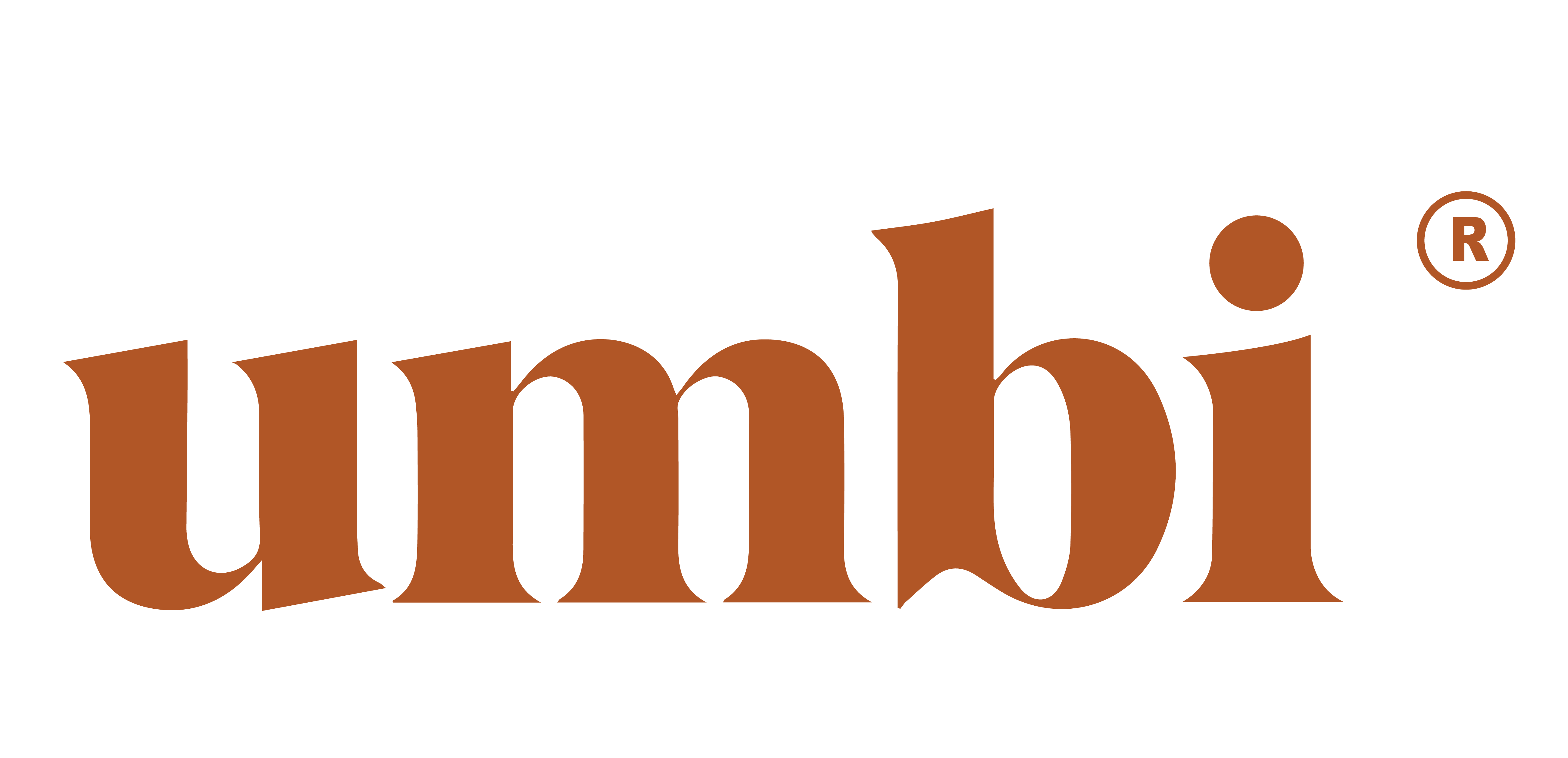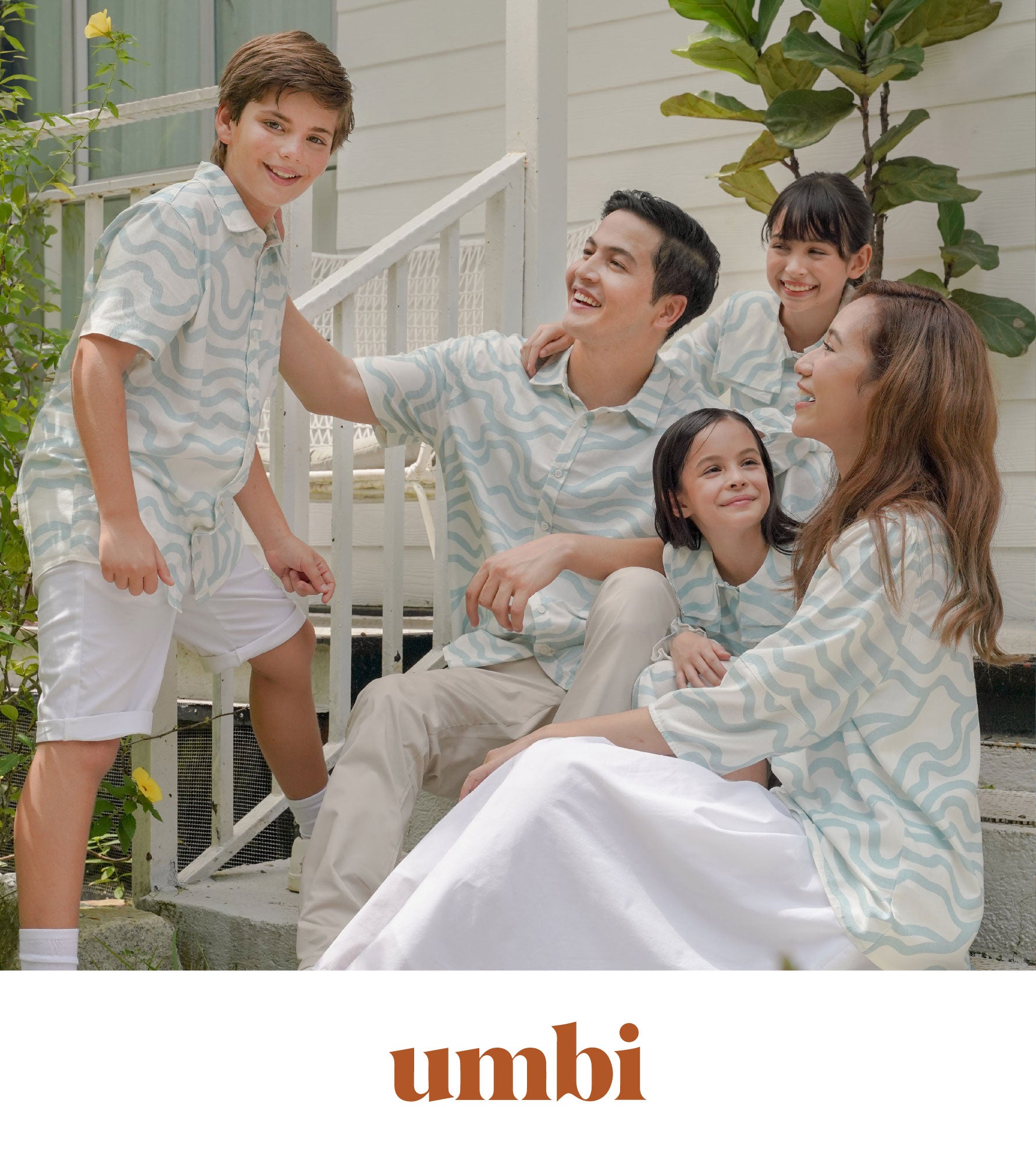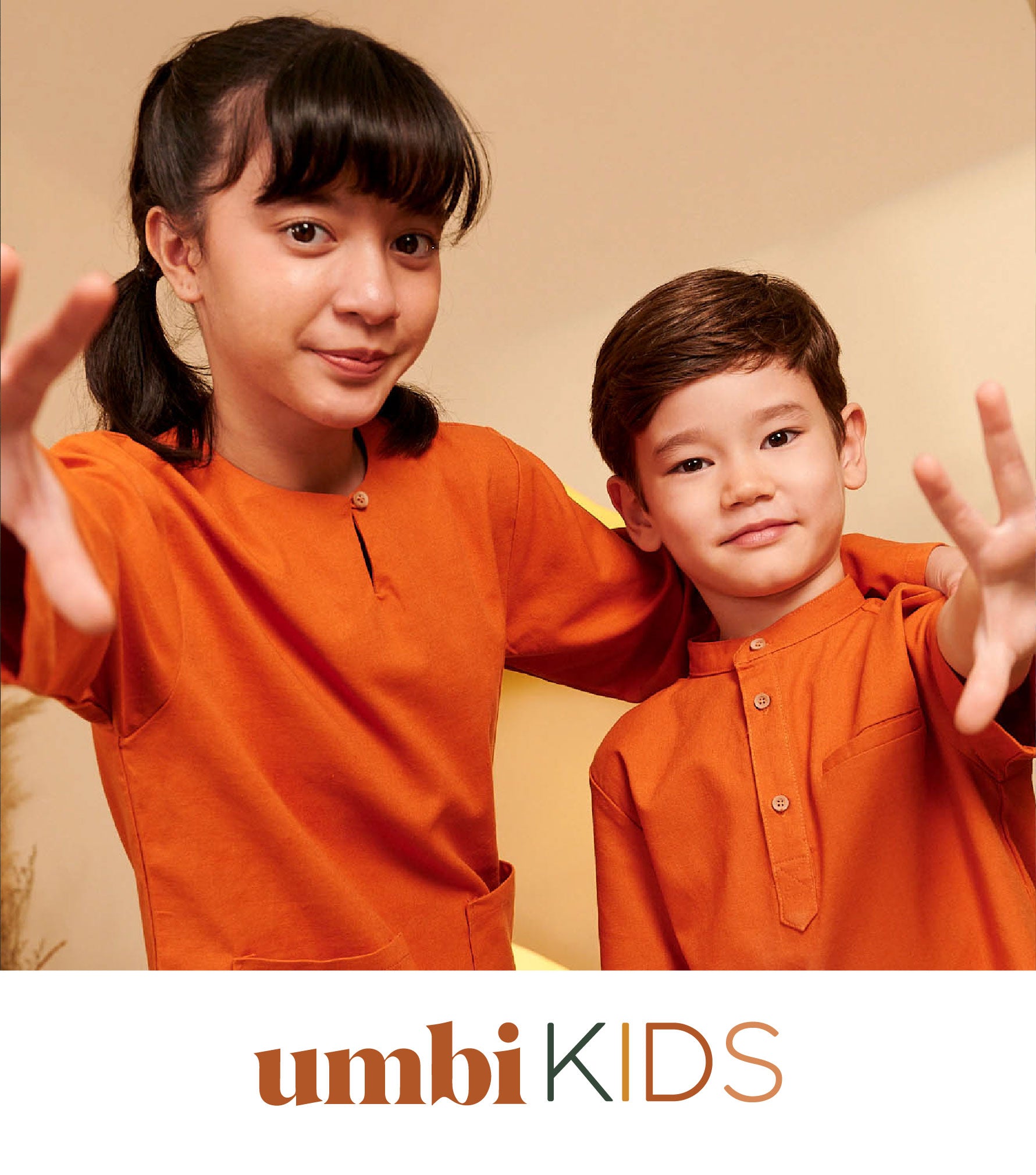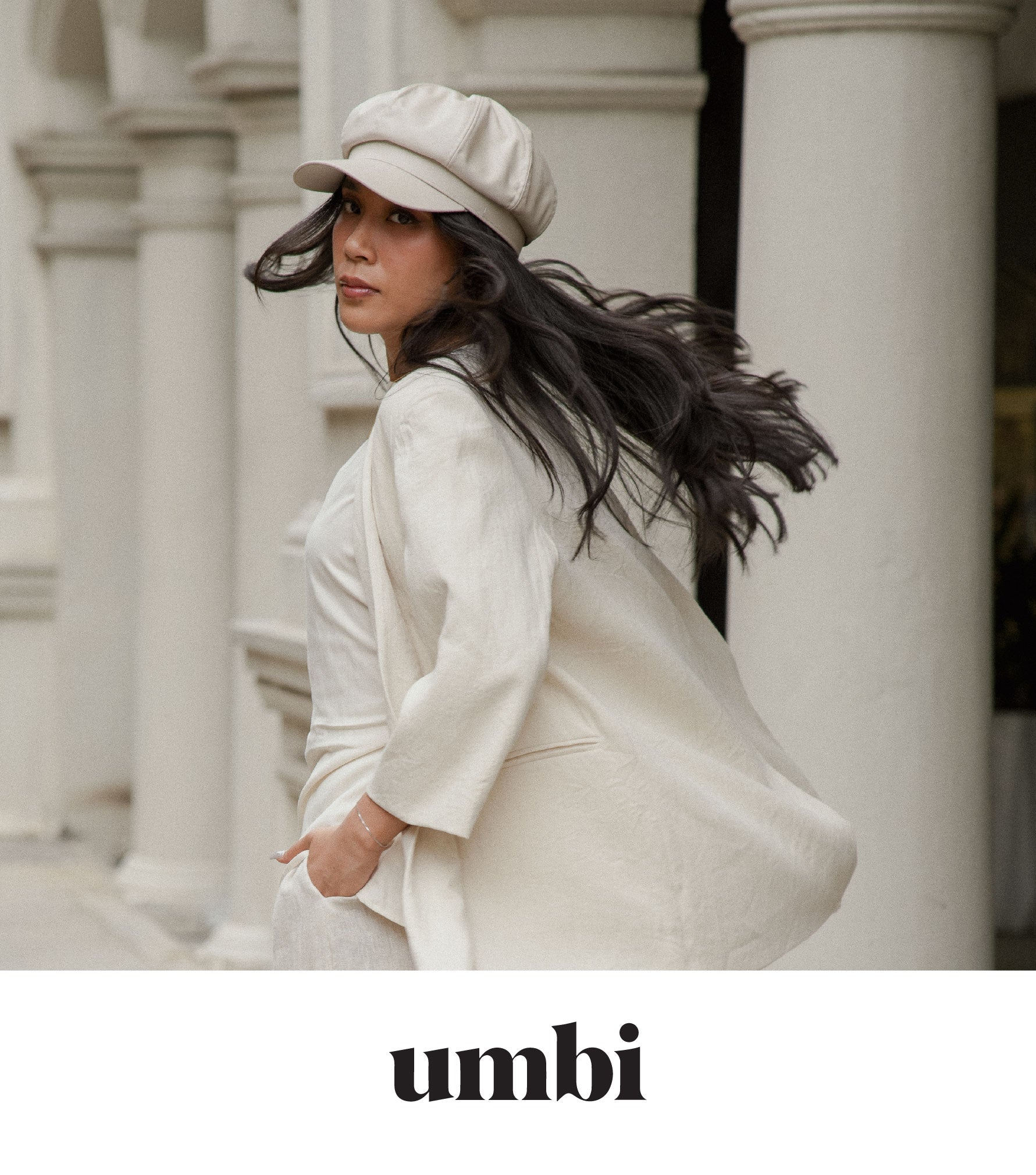Baju Melayu is a traditional Malay outfit worn primarily by men in Malaysia and surrounding regions. This stylish attire consists of a long-sleeved shirt and trousers, often accompanied by a samping (a decorative waist cloth) and a headpiece. In this blog, we will explore the various types of Baju Melayu, highlighting their unique features and cultural significance.
Types of Baju Melayu
Baju Melayu Teluk Belanga

This style features a collarless neckline with one button and is often adorned with intricate stitching patterns known as "tulang belut" (eel's bone). It is a classic representation of traditional Malay craftsmanship.
Origin: Named after Teluk Belanga, a historical area in Singapore, it is considered the traditional style of Baju Melayu, particularly popular in Johor.
Design Features: Typically has three pockets (one on the chest and two at the bottom) and is worn with the samping tucked underneath the shirt (known as "Berdagang Dalam"). This style is favoured for formal occasions such as weddings and festive celebrations.
Baju Melayu Cekak Musang
Characterised by a standing collar with multiple buttons (usually three to four), this style is more widely recognised across Malaysia.
Design Features: It includes two to three pockets and is often worn with the samping over the shirt (known as "Berdagang Luar"). This style has gained popularity in northern and central Malaysia, making it a staple for festive occasions like Hari Raya.
Baju Melayu Slim Fit

A modern adaptation of traditional styles, this version features a more tailored fit that caters to contemporary fashion preferences.
Design Features: Retains elements from both Teluk Belanga and Cekak Musang but emphasises a sleeker silhouette. This style is perfect for younger generations looking to blend tradition with modernity.
Kurta

Although rooted in Persian and Indian culture, the kurta has become popular in Malaysia as an alternative to Baju Melayu.
Design Features: Typically knee-length with side slits and a collarless neckline, it can incorporate elements from both Baju Melayu styles, making it versatile for various occasions.
Baju Sikap or Baju Layang
This variant may include different design elements or embellishments specific to certain regions or communities within Malaysia. Its unique features often reflect local cultural influences.
Additional Accessories

Samping: A decorative cloth worn around the waist, often made from songket or other ornate fabrics. The samping adds an extra layer of elegance to the overall outfit.

Headgear: Commonly paired with a songkok (a traditional black cap) or other styles like tanjak for formal occasions, enhancing the traditional look.
These variations of Baju Melayu not only reflect personal style but also carry significant cultural importance, making Baju Melayu an essential part of Malay heritage. It is especially prominent during festive occasions like Hari Raya, where families come together to celebrate traditions.
Understanding the different types of Baju Melayu enriches our appreciation for this iconic garment that symbolises Malay culture. Whether it's the classic Baju Melayu Teluk Belanga or the modern Slim Fit version, each style tells a story of tradition and evolution. Embracing these outfits allows individuals to connect with their heritage while celebrating contemporary fashion trends.






